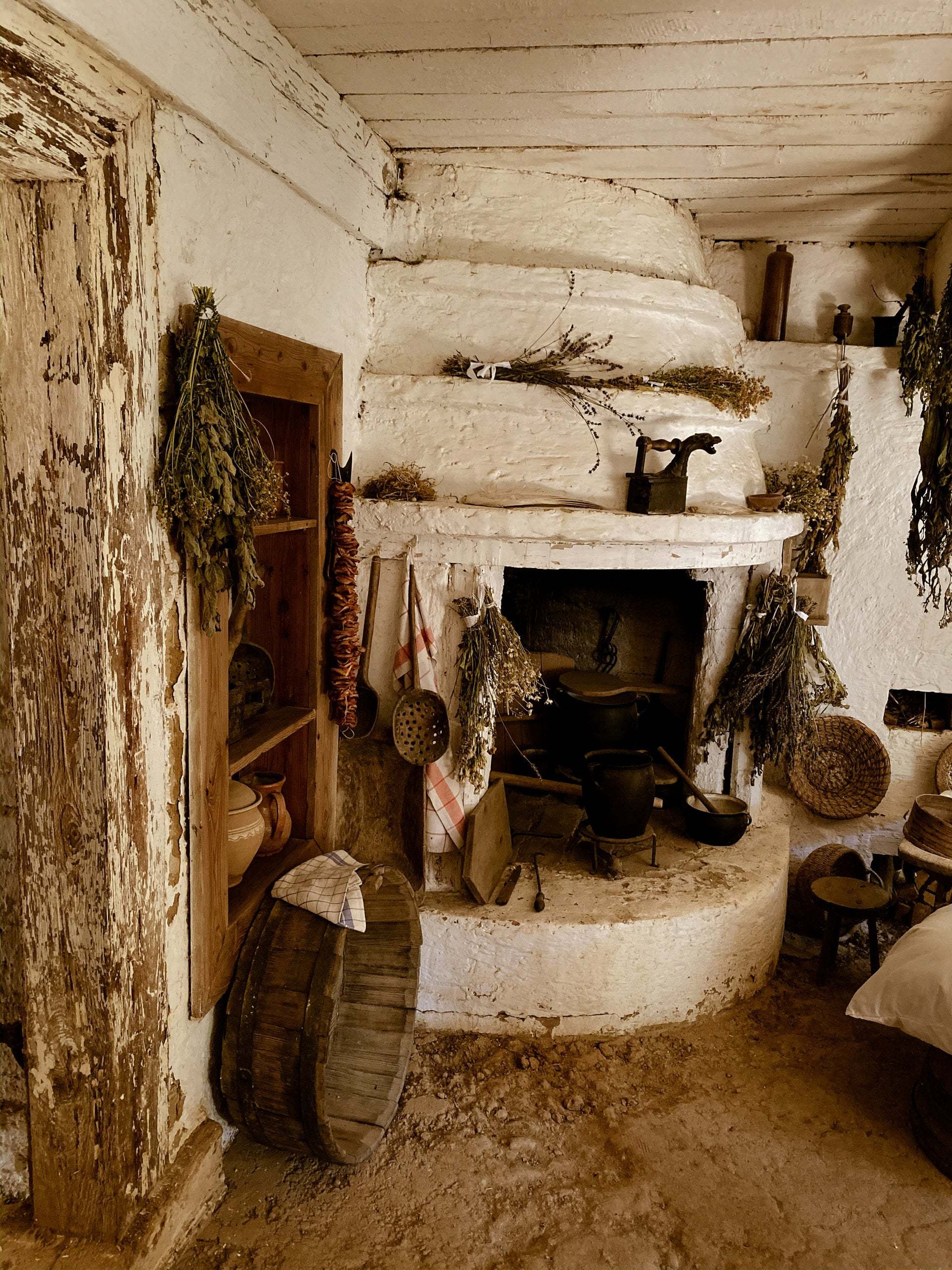The lining is one of the most important parts of your chimney, and it can be costly to replace. When you are dealing with paying the cost of a new flue, it can help to know why a liner needs to be replaced and what types of chimney lining are available. The following information provides the basics on chimney relining:
What is Chimney Relining?
Most types of chimney flue or liner eventually begin to deteriorate, making it hazardous to use your fireplace. Liners are essential because they channel heat and gases up through the chimney top and block the heat from causing combustible materials around the chimney from catching fire. When your liner is cracked or crumbling, you need to get your chimney relined before using your fireplace. If you have doubts when your chimney professional advises you to get your chimney relined, ask to see a live image of the damage with the special camera equipment used to inspect chimneys. Relining a chimney means installing a new flue liner.
Types of Chimney Liners
If you live in a very old home, there is a possibility that the chimney doesn’t have a lining at all. For many decades now, liners have been a requirement in chimneys because they do a better job of channeling heat and gases up through the chimney top than no liner at all and because they can help to prevent house fires by blocking the heat from setting combustible material to blaze. If you don’t have a liner, you should get one installed before using your fireplace.
Clay Tile Liners
Clay tile flues are typically the least costly, and they are the traditional favorite. If installed properly, the service life of a clay tile flue can easily be 50 years or more. Regular cleaning is essentially the only maintenance required. Flue tiles are able to withstand the heat and deposits of corrosive byproducts when burning any type of fuel.
Over time, clay liner tiles deteriorate. When the mortar joints between the tiles are compromised, the result can be leakage of deadly carbon monoxide into the house. Cracks can also mean that heat is transferred to the combustible materials that surround your chimney, which can cause a house fire.
Clay liners are best installed when a chimney is built. They are difficult to retrofit into an existing chimney, particularly if it isn’t a straight chimney. Replacing a tile liner is very labor intensive. It is usually necessary to break through chimney walls in numerous places in order to remove the old flue tiles and install new tile. The relatively inexpensive cost of the tiles doesn’t typically save money in the end because of the cost of installation labor.
Cast-in-Place Liners
A new flue can be created with poured-cement processes resulting in cast-in-place liners. These flues are able to withstand all of the harmful effects of heat, condensation, and acids. Cast-in-place liners have excellent insulation properties and even help the fireplace to burn cleaner, which reduces the accumulation of creosote.
Not only do poured cement flues last for at least five decades, some professionals believe they stabilize clay flues that are unsound, since they are poured inside either the chimney walls or the existing flue.
In some ways the cast-in-place process is less invasive and laborious than rebuilding clay flues, but different conditions can complicate the process. Installing a cast-in-place flue liner is definitely not a do-it-yourself job, since it requires the tools and experience of professionals.
Metal Flue Liners
Stainless steel flue liners are recommended by fire-protection experts and are preferred by many installers, partly because they usually come with a lifetime guarantee. There are other types of metal liners, as well, though none as highly recommended as stainless steel. These top-of-the-line flue liners come in flexible and rigid formats. Cost plus installation of stainless steel liners is very expensive, but many in the industry say it’s a good investment.
If you ever get the news that your chimney needs relining, keep in mind that the liner is where heat, flames, smoke, sparks, and carbon monoxide are channeled to the out-of-doors. If the liner is compromised, these dangerous elements could enter your home instead.



0 Comments